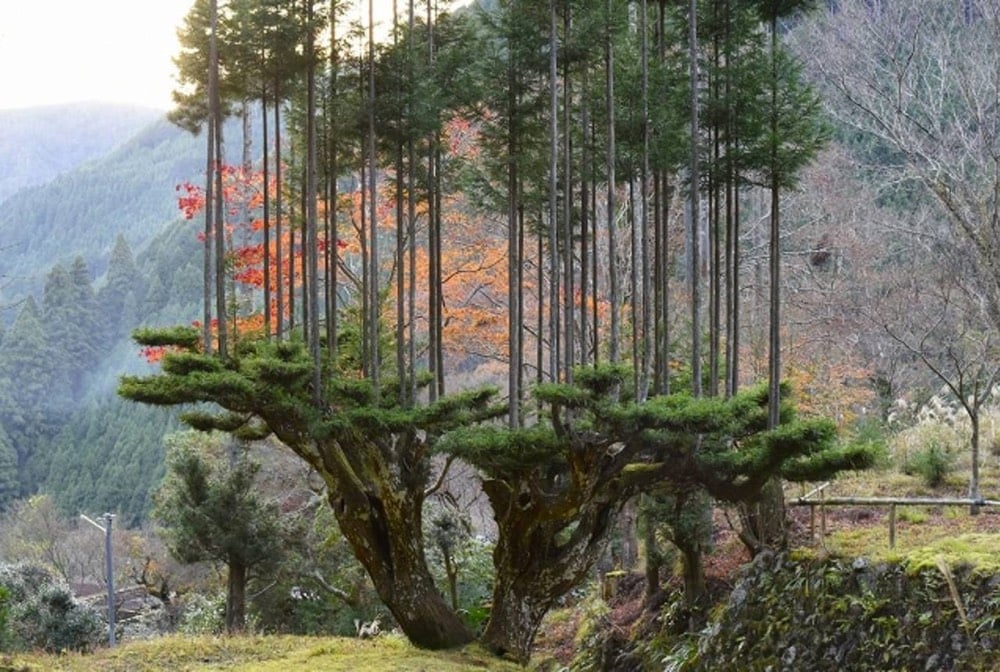The Japanese Sustainable Forestry Technique Called Daisugi (Platform Cedar)

Daisugi is a sustainable forestry technique that originated in Kyoto in the 14th or 15th century. The tops of Kitayama cedar trees are carefully pruned so that a stand of very straight branches grow straight up from a main platform. From Spoon & Tamago:
The technique was developed in Kyoto as a means of solving a seedling shortage and was used to create a sustainable harvest of timber from a single tree. Done right, the technique can prevent deforestation and result in perfectly round and straight timber known as taruki, which are used in the roofs of Japanese teahouses.
The technique is not really used in forestry anymore, but daisugi are popular as garden trees and bonsai. There are lots of terrible videos about daisugi on YouTube, so I’d recommend watching this one from NHK about how Kitayama cedars are pruned & harvested, what the wood is used for, and a short segment on daisugi near the end.





Stay Connected